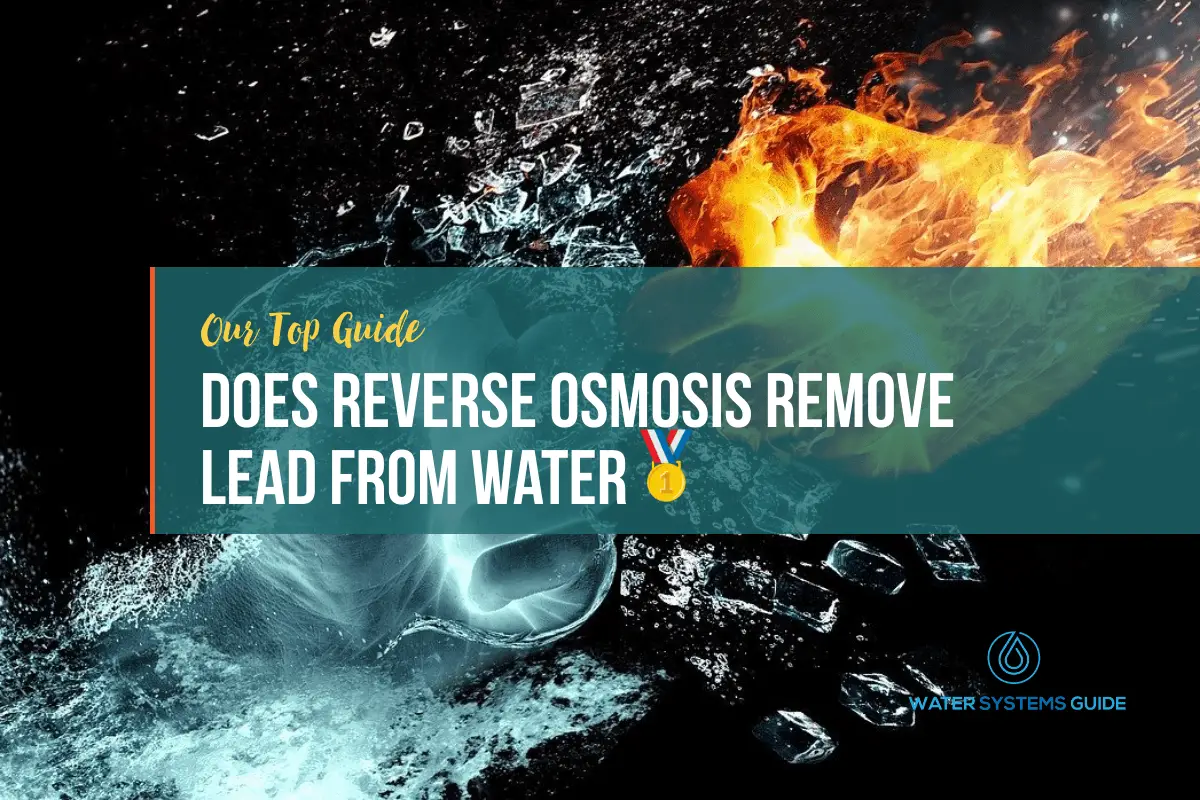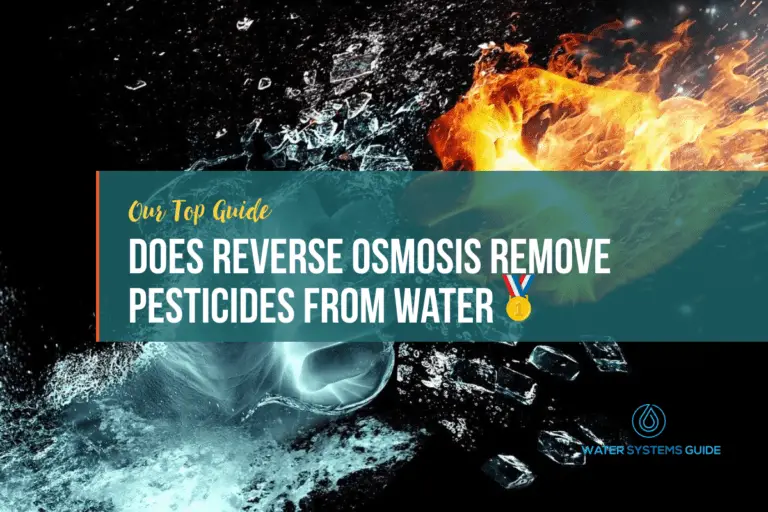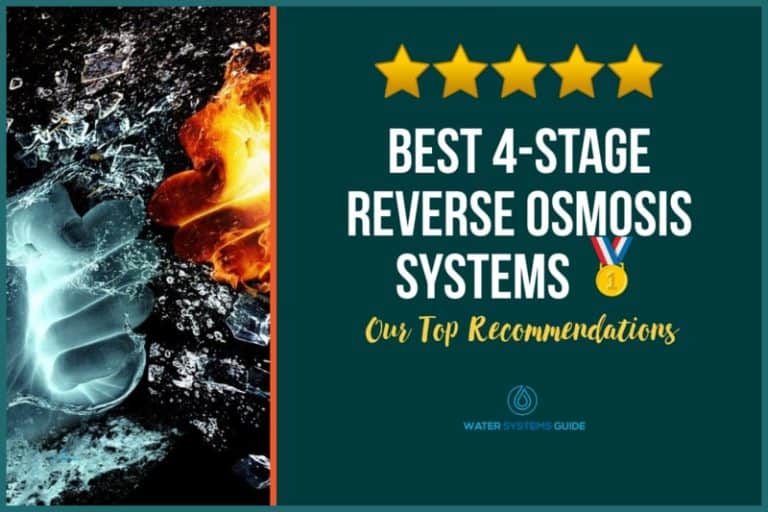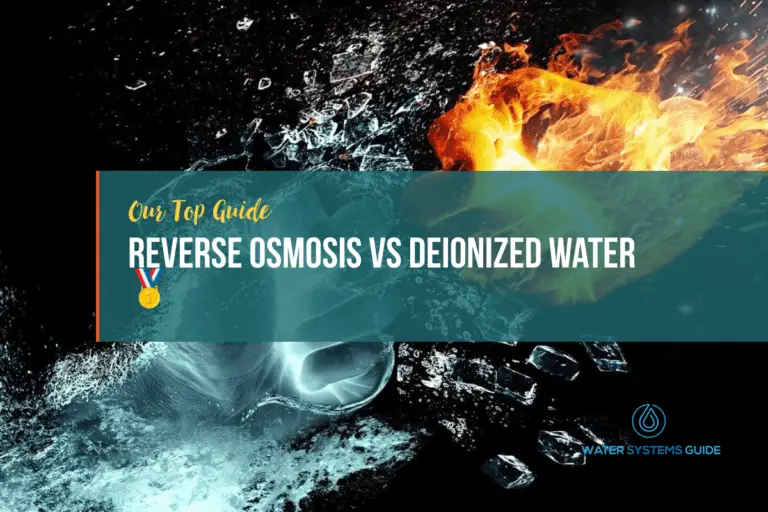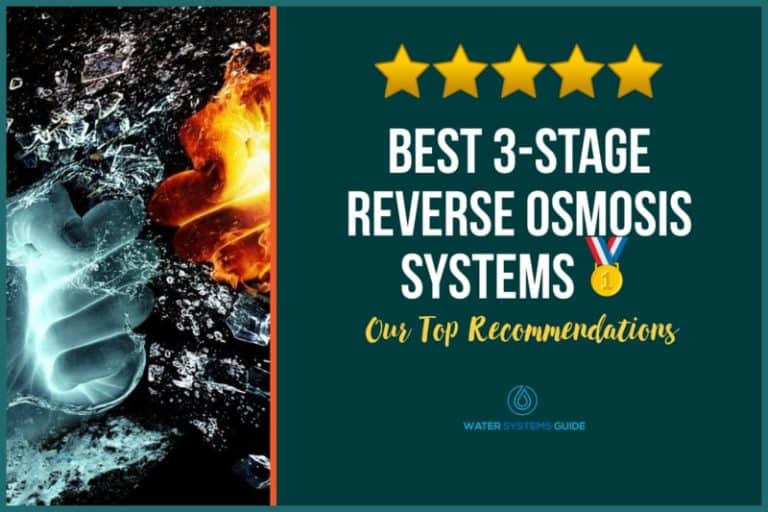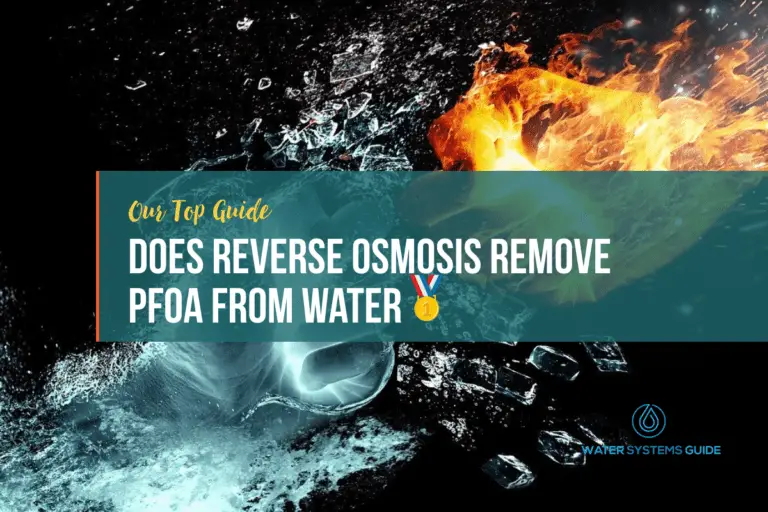Does Reverse Osmosis Remove Lead From Drinking Water
How Does Reverse Osmosis Work?
What is Lead and where is it used?
Lead is a heavy metal that is used in a variety of products and industries. It is a soft, malleable metal that is resistant to corrosion. Lead has a long history of use in a variety of applications, including as a solder for electrical components, as weights for fishing line and curtains, and as a sealant for pipes and joints. It is also used in the production of batteries, ammunition, and pigments. Although lead has many useful properties, it can also be toxic to humans and animals if ingested or inhaled. Lead exposure can cause a variety of health problems, including brain damage, learning disabilities, kidney damage, and cancer.
Lead’s Impact on Human Health
Lead is a very dangerous metal that can have a lot of negative effects on human health. Lead exposure can cause damage to the brain, kidneys, and nervous system.
It can also cause anemia, high blood pressure, and reproductive problems. Pregnant women and young children are especially vulnerable to the harmful effects of lead. Even low levels of lead exposure can cause health problems, so it is important to avoid exposure to this metal as much as possible.
With that being said, we can understand why you’d want to remove it from the water that you drink or consume.
Does Reverse Osmosis Remove Lead?
Reverse osmosis is a water purification process that uses pressure to force water through a semipermeable membrane. This process can remove impurities, including lead, from water. However, the effectiveness of reverse osmosis depends on the quality of the membrane and the amount of pressure that is applied.
However, because reverse osmosis removes all impurities from water, it also removes essential minerals. As a result, reverse osmosis water may taste flat and lack the mineral content of regular tap water.
Therefore, one can remineralize the water post-filtration, using calcium and magnesium salts.
What Else Does Reverse Osmosis Remove?
Reverse osmosis also removes other contaminants from water, including fluoride, chloride, calcium, arsenic, chloramine, heavy metals, pesticides, and pharmaceuticals.
Unfortunately, RO does remove healthy minerals in water, such magnesium, sodium, potassium and calcium
While most municipal water supplies in the United States are required to meet strict safety standards set by the Environmental Protection Agency (EPA), trace amounts of these and other contaminants can still end up in tap water. That’s why many people use reverse osmosis systems to further purify their drinking water.
How Do I Know If My Water Is Contaminated With Lead?
There are a few ways to test if your water is contaminated with lead. You can use a home test kit, which you can purchase online or at a hardware store. These tests will measure the lead levels in your water. You can also have your water tested by a professional laboratory.
How Else Can I Remove Lead from My Water Supply?
You can also use bottled water or a water filter designed to remove lead.
Conclusion
In conclusion, does reverse osmosis remove lead? Yes, it does. Reverse osmosis is an effective way to remove lead from water. It is also a safe and affordable method of water filtration. For those who may be interested in getting a RO system, you’ll need to consider which type, whether you want a whole house system, countertop or undersink RO unit.

